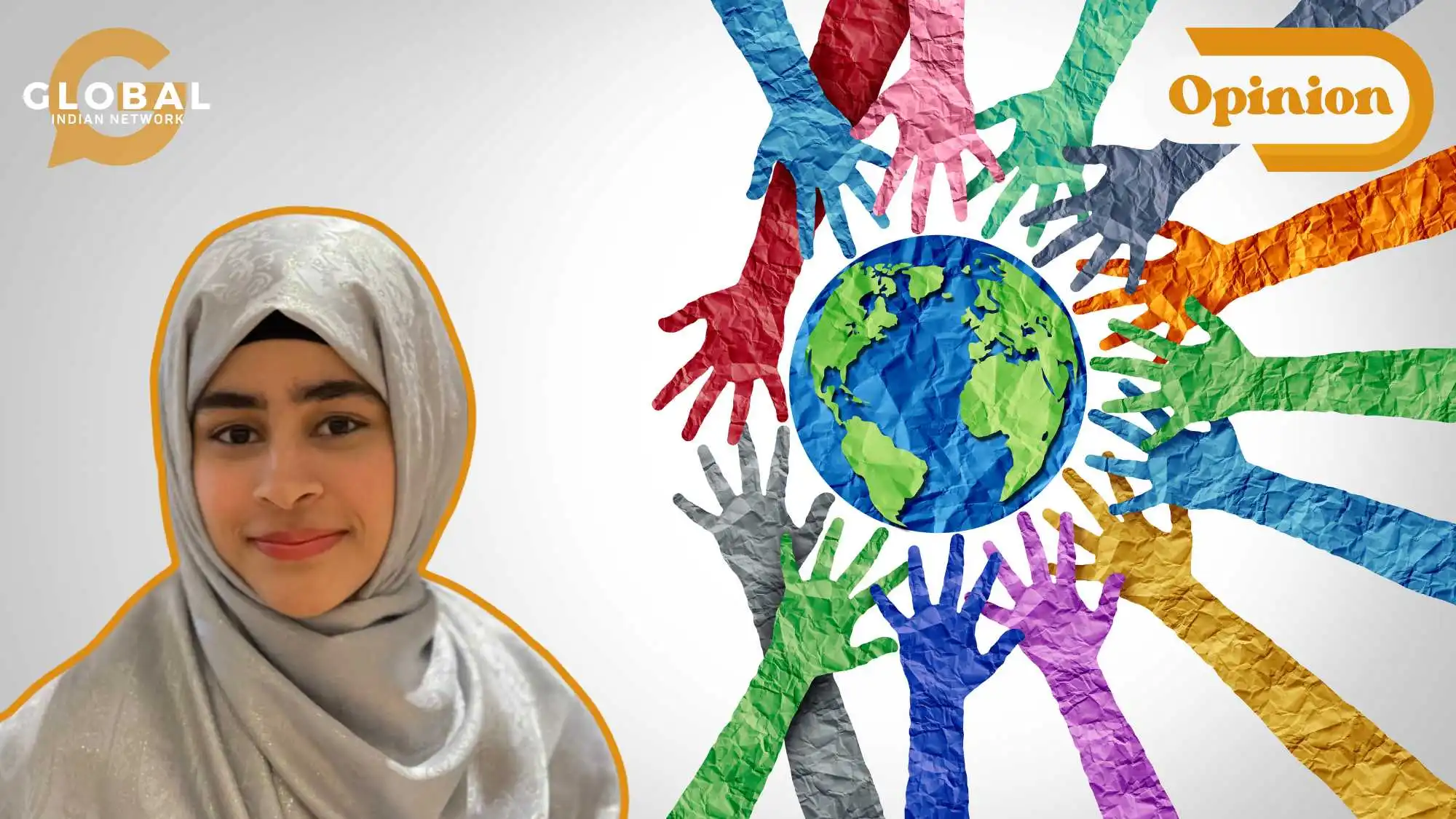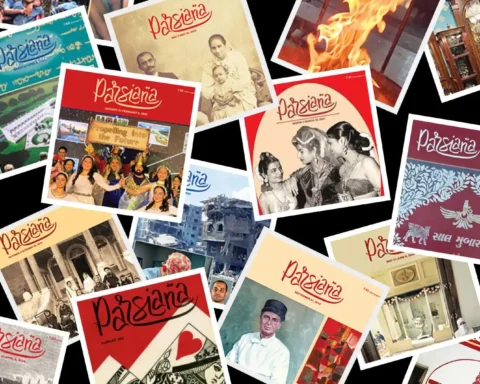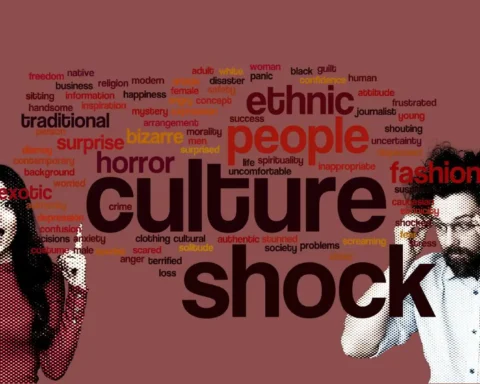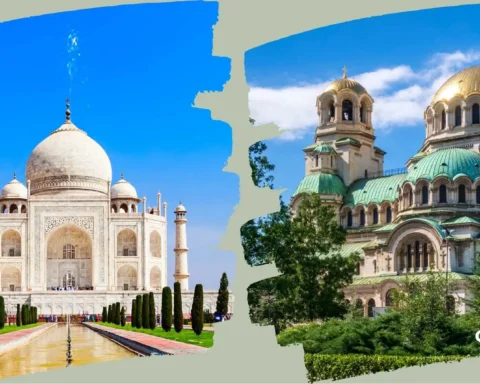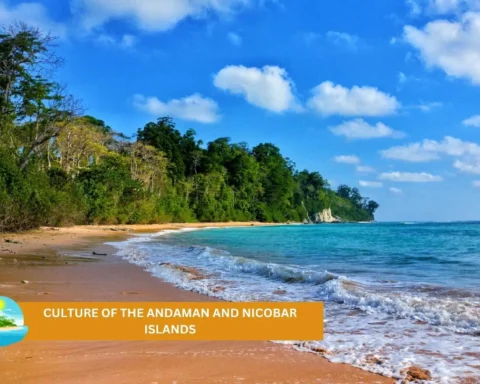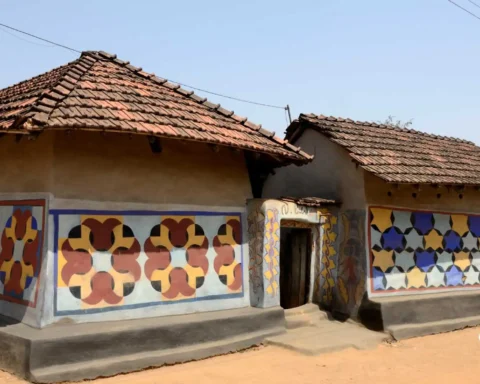Our world is a vibrant mix of diverse cultures, each having its own unique set of traditions and customs. While some might be familiar, others can be absolutely astonishing.
From beauty rituals to shamanic practices, let’s explore the world’s seven most mind-blowing cultural practices.
Indonesian Toraja Funeral Rites
Sending off their deceased loved ones with respect and celebration is of prime importance to the Torajan people. Death is viewed more as a social event and an opportunity to show love, appreciation, and respect. To show this, the family needs to make sacrificial offerings of pigs and buffaloes.
Since it is a costly and elaborate ceremony, burying the dead is a lengthy procedure, which could take days, weeks, months, and, yes, even years. These offerings are believed to ease the deceased spirit’s path to the afterlife and exhibit the family’s reputation. The body is kept in the house till the family can gather funds to begin the funeral rites. On the day of the funeral, the family hosts a lavish feast for the entire village.
Additionally, there is the day of Ma’nene, which is one of the most important days of the deceased family. On this day, people revisit their dead loved ones by taking them out of their resting place, dressing them up, and even taking pictures with them!
It’s a heartwarming festival, and people from all over the world visit Tana Toraja to witness it.
Nevada’s Burning Man Festival
The Burning Man Festival of Nevada has been going on since 1986. The festival is named Burning Man due to the burning of a large wooden structure referred to as “the Man”. The event can be described as something between a spiritual retreat and a celebration. People generally arrive at the celebration in groups, set up camps, and contribute to the festival by bringing goods and services.

The Mongolian Eagle Hunting
Eagle hunting in Mongolia is done on horseback between the cool months of October and February. Eagle hunters travel through mountains for several days in search of hunting games.
The eagles are carried on the hunter’s arm without a hood and are released when the eagle gives any sign that they have spotted prey, such as a tightened grip and body posture.
The Day of the Dead in Mexico
Celebrated on November 1st and 2nd in Mexico, the Day of the Dead is like a family reunion with the deceased being their guests of honor. It is also done to make peace with the inevitable aspect of death and treat it with familiarity. The rites vary from region to region. For instance, people in some rural areas adorn graves with bright marigolds, candles, and the favorite foods of the deceased as an attempt to convince the dead to join the family union.
Urban areas usually have people fill the streets for celebrations with food and alcohol, with people wearing wooden skull masks called calacas. Many families set up ofrendas, or altars, with photos of the deceased, candles, flowers, and food.

The Himba People’s Red Ocher Beauty Ritual
The Himba tribe is known as the last Nomadic tribe of Namibia. They are known for their red clay skin and hair, which has gained them their name as the Red People of Africa. The beauty paste used to achieve this color is called Otijze, which is made from an amalgamation of butter and ochre. Besides giving them a rich, deep tinge, it also protects the skin from the harmful effects of sunlight and repels insects. Otijze has held massive significance for the Himba women as a symbol of the earth’s red color, blood, and the essence of life.
The Ethiopian Coffee Ceremony
Coffee plays a major role in the culture of its birthplace – Ethiopia. The Ethiopian coffee ceremony is a fascinating and time-honored tradition that is more than just drinking coffee. The ceremony commences with the host, generally, a woman, roasting coffee beans over a charcoal brazier. The roasted beans are then ground using a traditional wooden mortar and pestle while simultaneously preparing the jebena, which is a traditional clay coffee pot. The jebena is then filled with water, which is placed to heat and is then mixed with the coffee. The brewed coffee is delicately served in small, beautiful cups called sini. A successful coffee ceremony requires a skilled host since it requires a significant amount of precision and detail.

The Maasai People’s Enkipaata
Enkipaata, or the pre-circumcision ceremony, is the first phase of a series of important rites that young Maasai men go through. This ceremony marks the transition from boyhood to the status of a warrior or moran. A group of boys between the ages of 14 and 16 is selected and is made to go through a period of preparation that involves rituals and training. The ceremony involves a large audience gathered from various Maasai communities. It involves traditional dances, songs, and prayers. The Enkipaata ceremony is not just a physical transition; rather, it also involves spiritual and mental transformation to prepare young boys to get ready for the challenges of adulthood.
Our world is full of diverse and fascinating cultures. There’s always more to learn and discover.

Would you like to share some more interesting customs from another corner of the world? We’d love to hear them! Share your thoughts and ideas in the comments below to get the conversation flowing, or feel free to reach out to us at larra@globalindiannetwork.com.




